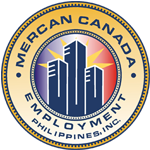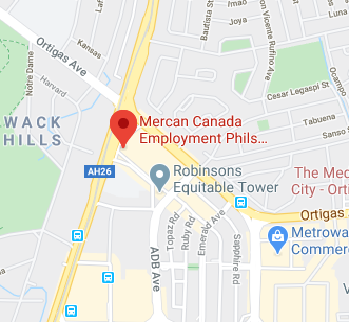Medical assessment coding
For immigration medical examinations (IMEs) done inside and outside Canada, the immigration medical assessment outcome will be entered in the Global Case Management System (GCMS).
Medical profiles (“M†criterion)
- M1
- No public health risk or danger, no public safety danger and no excessive demand.
- M2
- Potential risk to public health. Medical surveillance required. Conditional entry recommended if granted entry to Canada.
For example, applicants may be a “risk†due to a communicable disease that may reactivate, such as inactive tuberculosis.
- M3
- A health condition is present but is not expected to place an excessive demand on health or social services.
- M4
- Inadmissible due to danger to public health (for example, active infectious tuberculosis).
- M5
- Inadmissible due to excessive demand on health and social services.
For all M5 codes, the medical officer will add a descriptive code indicating the nature of the excessive demand.
- T9: For excessive demand on social services
- H9: For excessive demand on health services
- E9: For displacement of Canadians who are on a waiting list
- M6
- Inadmissible due to danger to public safety (for example, psychopathic personality).
Types of medical assessments
All: Medical assessment can be used for all types of applications.
EDE Only: Medical assessment can only be used for excessive demand exempt (EDE) applications. These applicants are exempt from assessment of excessive demand; however, they are not exempt from assessment for risk to public health and safety. This medical certificate can only be used for refugees, refugee claimants, applicants of certain family classes (cannot be used for parents and grandparents [FC4] or other relatives [FC7]) and individuals with protected person status.
TR Only: Medical assessment can only be used for temporary resident (TR) immigration categories. This could be used in a case where the applicant has a medical condition that may not be acceptable for a permanent residence application based on their risk to cause excessive demand, but may be acceptable on a short-term basis.
Combined medical profiles codes
- M2/3
- Has a condition for which the degree of risk to public health is not sufficient to exclude admission under paragraph 38(1)(a) and has a condition for which the potential demand on health or social services is not sufficient to exclude admission under paragraph 38(1)(c). Medical surveillance required.
- M4/6
- Has a condition that is likely to be a danger to public health and a condition that is likely to be a danger to public safety, to such an extent that the applicant is inadmissible under paragraphs 38(1)(a) and  38(1)(b).
- M4/5 or M5/6
- Has a condition that might reasonably be expected to cause excessive demand on health or social services and a condition that is likely to be a danger to public and/or a danger to public safety, to such an extent that the applicant is inadmissible under paragraph 38(1)(c) and paragraphs 38(1)(a) or 38(1)(b).
For all M4/5 and M5/6 codes, the medical officer will add a descriptive code indicating the nature of the excessive demand.
- T9: For excessive demand on social services
- H9: For excessive demand on health services
- E9: For displacement of Canadians who are on a waiting list
Surveillance codes (“S†criterion)
All cases require an “S†code.
- S1
- No requirement for medical surveillance.
Note: For M1 profiles, the surveillance code is set to S1 by default. For other medical profiles, the surveillance code S1 needs to be manually selected.
- S2.01
- Applicant is inadmissible to Canada (active tuberculosis). Used in conjunction with the medical profile M4.
- S2.02
- Medical surveillance required. Conditional entry recommended if granted entry to Canada (pulmonary tuberculosis inactive).
- S2.02U
- Medical surveillance required. Conditional entry recommended if granted entry to Canada (complex pulmonary tuberculosis inactive).
- S2.06
- Applicant has complied with a medical surveillance requirement from a previous immigration medical exam (IME). No requirement for medical surveillance.


